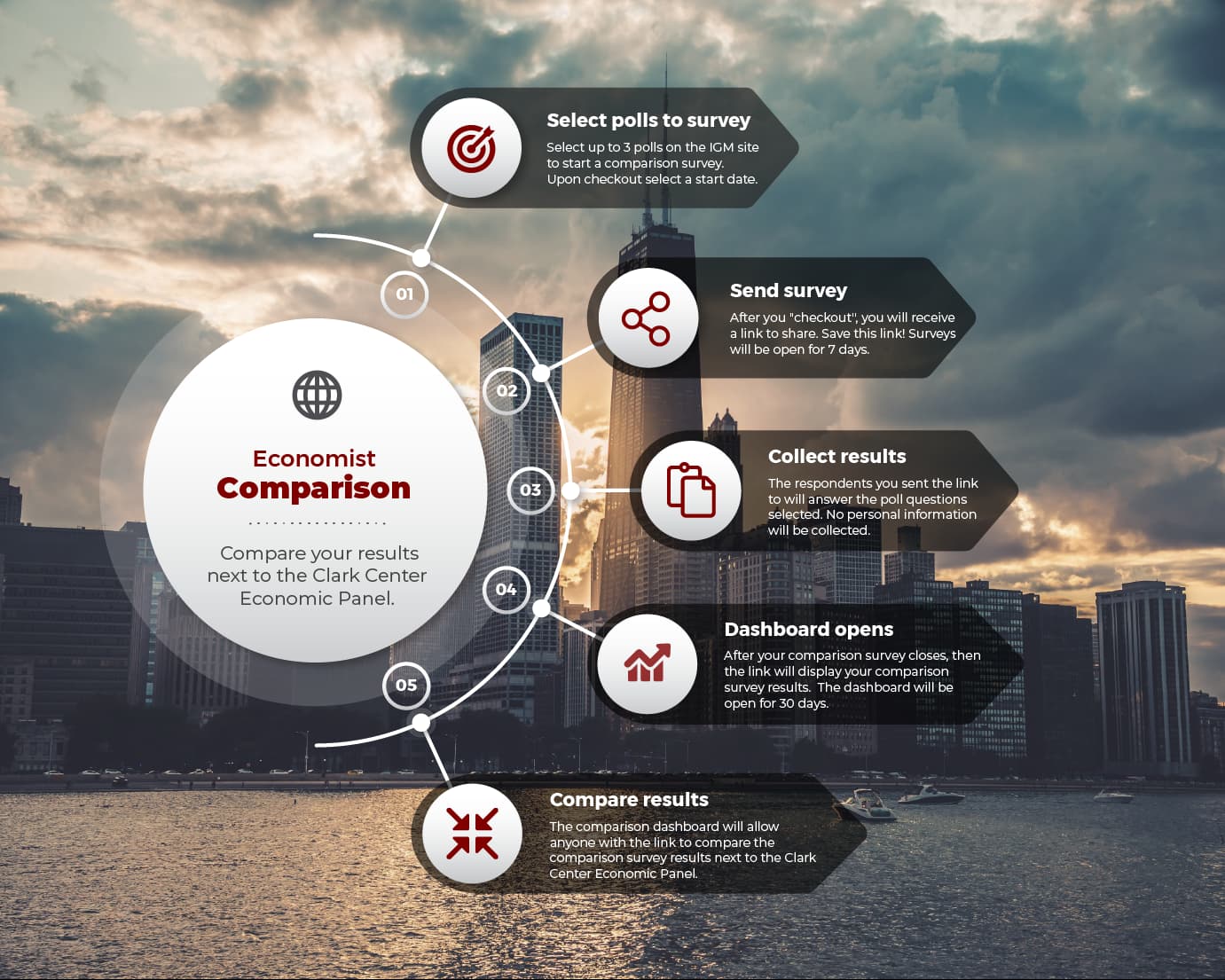“This can’t possibly be a serious question” is how Andrew Lo of MIT Sloan responded to a poll posed to the Clark Center’s Finance Expert Panel last week. Matteo Maggiori of Stanford GSB went a little further, noting, “This would strike me as one of the worst policy ideas ever”.
It is then fair to say that the experts were not exactly impressed by the idea sometimes floated that the United States government should be acquiring cryptocurrency assets and, specifically, should be funding such an acquisition via issuing new debt.
This, despite the clear bewilderment of much of the panel, is a policy option that has at least been mooted by the new administration. An executive order of 3rd February called for the creation of a US sovereign wealth fund. The Treasury and Commerce Departments have been given 90 days to come up with funding and investment strategies. The President himself has speculated that such a fund could acquire TikTok. Various outriders have pointed to crypto as an option.
Even leaving aside the question of crypto currencies, the idea that a country with a government debt/GDP ratio of around 120% and persistent fiscal and current account deficits should be establishing a sovereign wealth fund (SWF) is, to put it mildly, unusual.
Historically, such funds have often been funded from the proceeds of natural resources revenues or, occasionally, via a government running a budget surplus and choosing to establish an investment vehicle rather than paying down debt. Ireland, which is enjoying extraordinarily high corporation tax flows (from, at heart, a handful of US tech firms), has recently established its own such fund.
Persistent government budget deficits do not rule out the existence of a SWF, indeed, the FT recently noted that of the 68 SWFs in existence today, just 9 were run by countries with persistent budget surpluses. But the most successful such funds – Norway, the United Arab Emirates, Singapore, and Qatar – were amongst that select group. Furthermore, the link between current account surpluses (effectively countries which send more money abroad than they receive from other nations) and large and successful SWFs appears more clear-cut. This makes logical sense, in that running a persistent current account surplus involves building up claims on other countries, and an SWF is one way to manage such claims (although obviously not the only one; neither Germany nor Japan, for example, runs an SWF).
Given that the rest of the world seems to have a strong appetite for US government debt, it is conceivable that the US government could issue long-term debt at a cost of around 5% per annum and invest the proceeds in something with a higher return. But just because something is conceivable does not make it a good idea. In the view of most economists, the proper role of a finance ministry is not to be running itself as some sort of jumbo hedge fund borrowing money to place a bet on asset markets.
But if the case for any sort of SWF in the United States is, at best, weak, then, as the Experts argued, the case for one with a heavy weighting in crypto assets is almost non-existent.
Not, as those expressing uncertainty noted, all crypto assets are the same. So-called stablecoins – where the value of the digital token is pegged to a sort of real-world asset, often some form of fiat currency – are very different from something like Bitcoin or a memecoin. But nobody is proposing that the US should invest in such assets, and issuing Treasury debt to purchase a stablecoin based on the dollar would seem spectacularly pointless anyway.
Those urging the US to acquire crypto assets are typically favoring holdings in ‘currencies’ such as Bitcoin.
But as Jonathan Parker of MIT Sloan put it (when answering a broader question on central bank crypto holdings) “Crypto pays no interest, has little practical use beyond speculation, has a price that is very volatile, and has little liquidity and market depth, making it a poor reserve asset along nearly every dimension”.
It’s no surprise that the Experts are so down on the idea.

